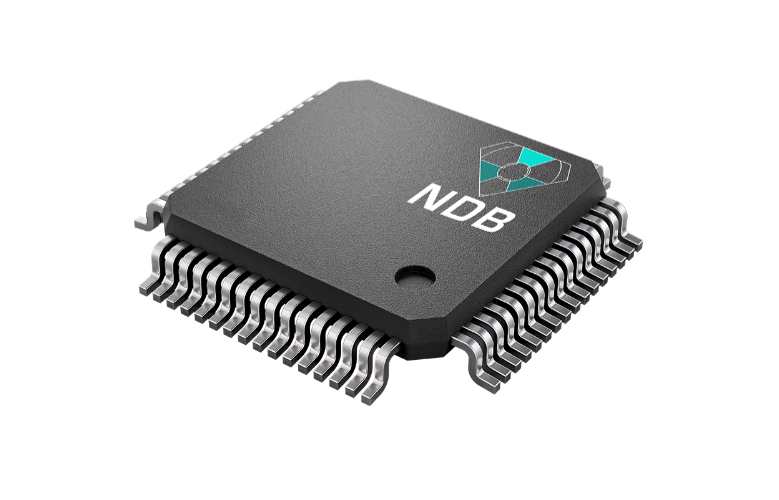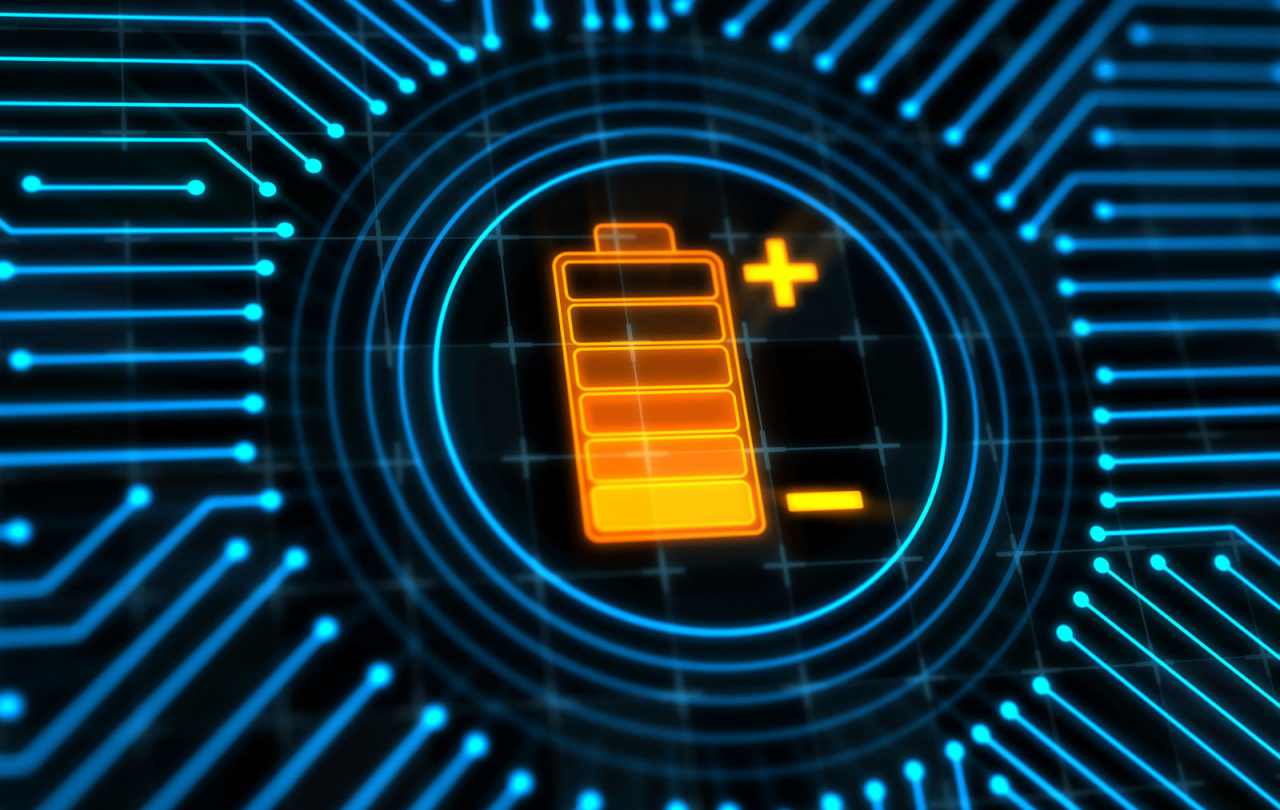A new battery promises to take life to a new dimension. If the 4,000 cycles of the new Tesla batteries seem like a lot to you (1 million miles), this new technology will undoubtedly meet your demands. According to their designers, we are talking about the technology of nanodiamond batteries, capable of withstanding “thousands of years.”
It is about the development of the American startup NDB. This company claims to have created the first and only universal rechargeable nanodiamond battery capable of providing thousands of years of charge. They even already have a prototype that has achieved a 40% charge capacity.
Cambridge University physicist Michael Pepper led the two tests of this prototype. In both cases, the achieved 40% charge was achieved thanks to the batteries’ nanodiamond surface that actively extracts the electrical charge from the diamond, which allows the battery to work and also for much longer than current technologies.

The nanodiamond battery’s power source is intermediate and high-level radioisotopes that are safely protected by multiple levels of synthetic diamond. According to NDB, energy is absorbed into a diamond through a process called inelastic scattering, which is used to generate electricity.
And how does this battery charge? Here comes the best. According to its developers, the battery charges automatically. It only requires exposure to natural air. Also, any excess amount can be stored in capacitors, supercapacitors, and secondary batteries. It does not require any external power source and does not require materials from conflict zones or those that could be ecologically harmful.
Regarding its useful life, the executive director of NDB indicates that this type of battery could operate for about 28,000 years. A technology that is being studied for applications such as satellites can also be used in mobile phones, airplanes, rockets, electric vehicles, sensors, and other devices.
Like all technologies that promise heaven, this one too will have to demonstrate its potential beyond words. According to the company, they have signed contracts with two undisclosed clients for a beta version of the technology: an aerospace and defense manufacturer and a European-based nuclear products company. The prototype will be available based on your calculations within three years and will provide charging for the entire life of any device or machine.

